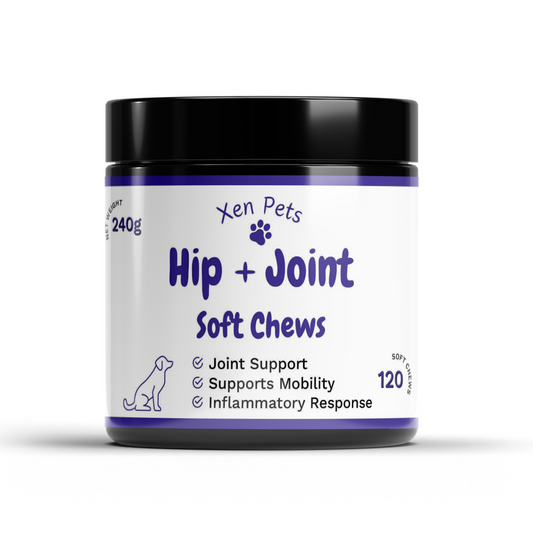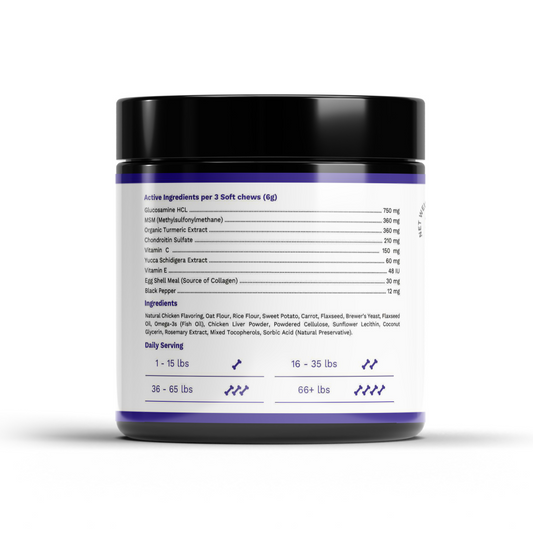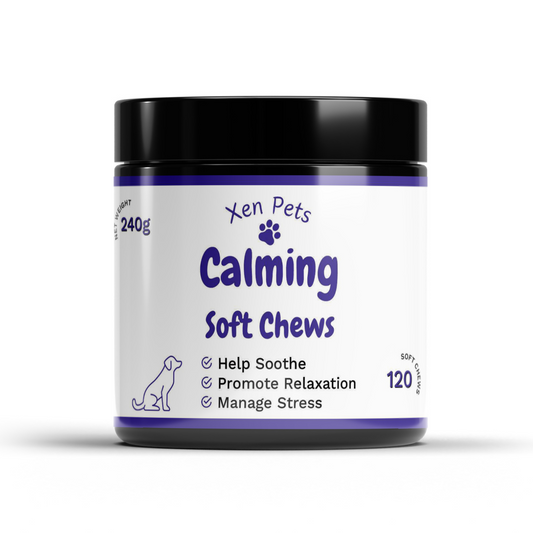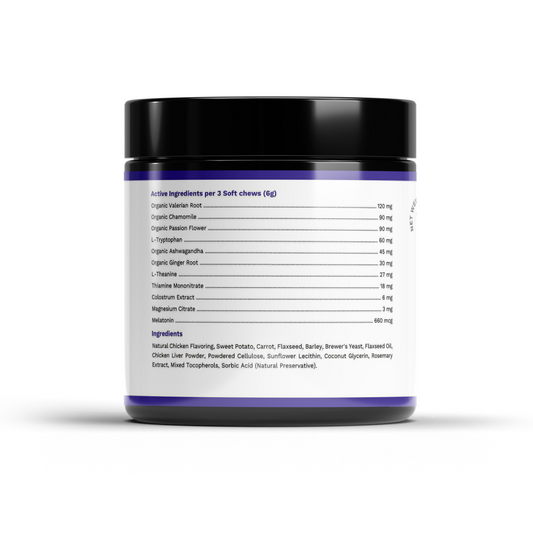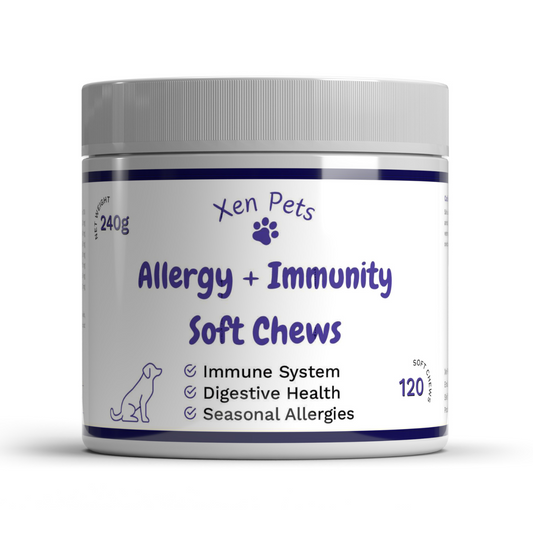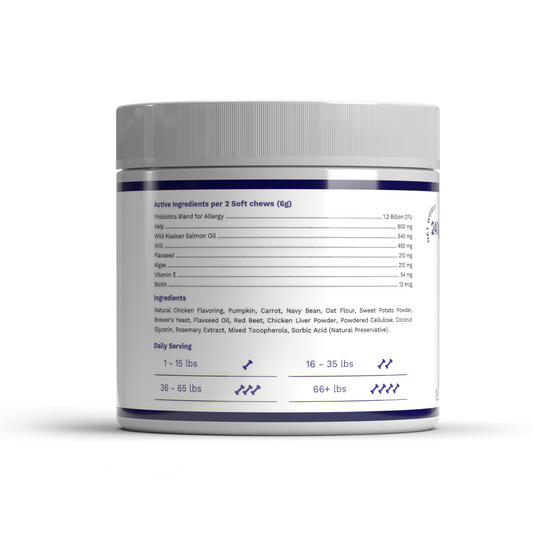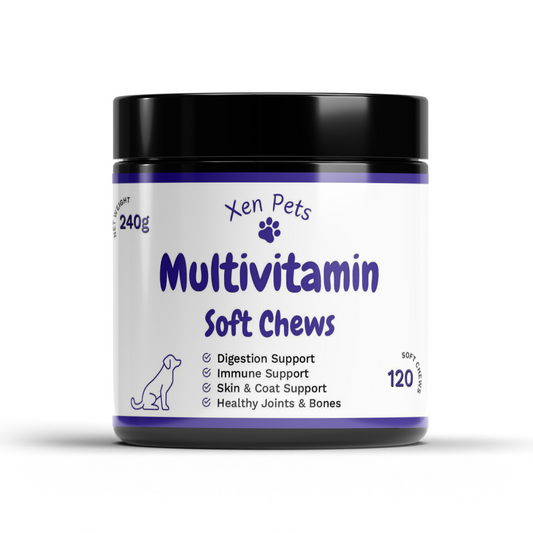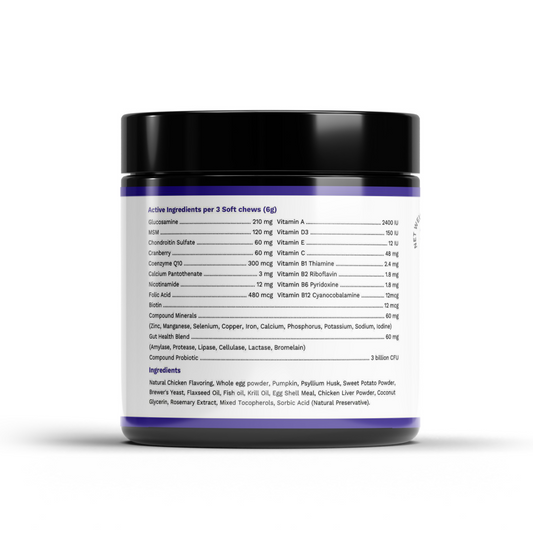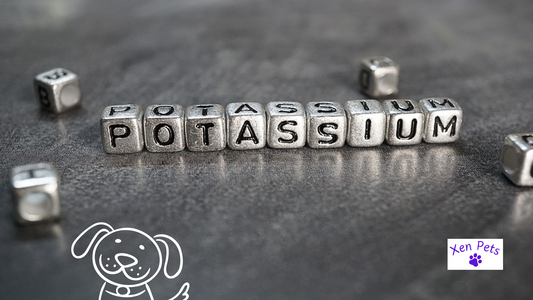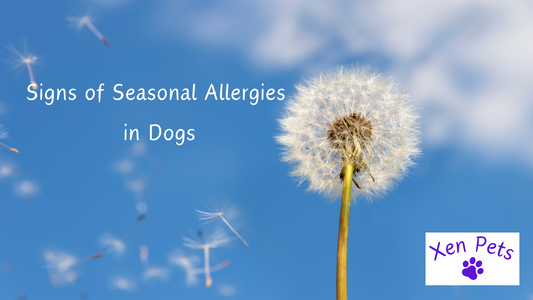6 Signs Your Dog Needs a Bath
Tory JohnsonShare
Keeping your canine companion clean is important for both hygiene and health. An unbathed dog can develop health issues such as skin infections, pains, and sores. Additionally, it can lead to parasite infestations such as lice. In this article, we'll discuss some of the signs your dog needs a bath.
Here are 6 signs your dog needs a bath
It's not too difficult to identify when your dog needs a bath. Take a look at some of the following signs that show it's time for your dog's bath.
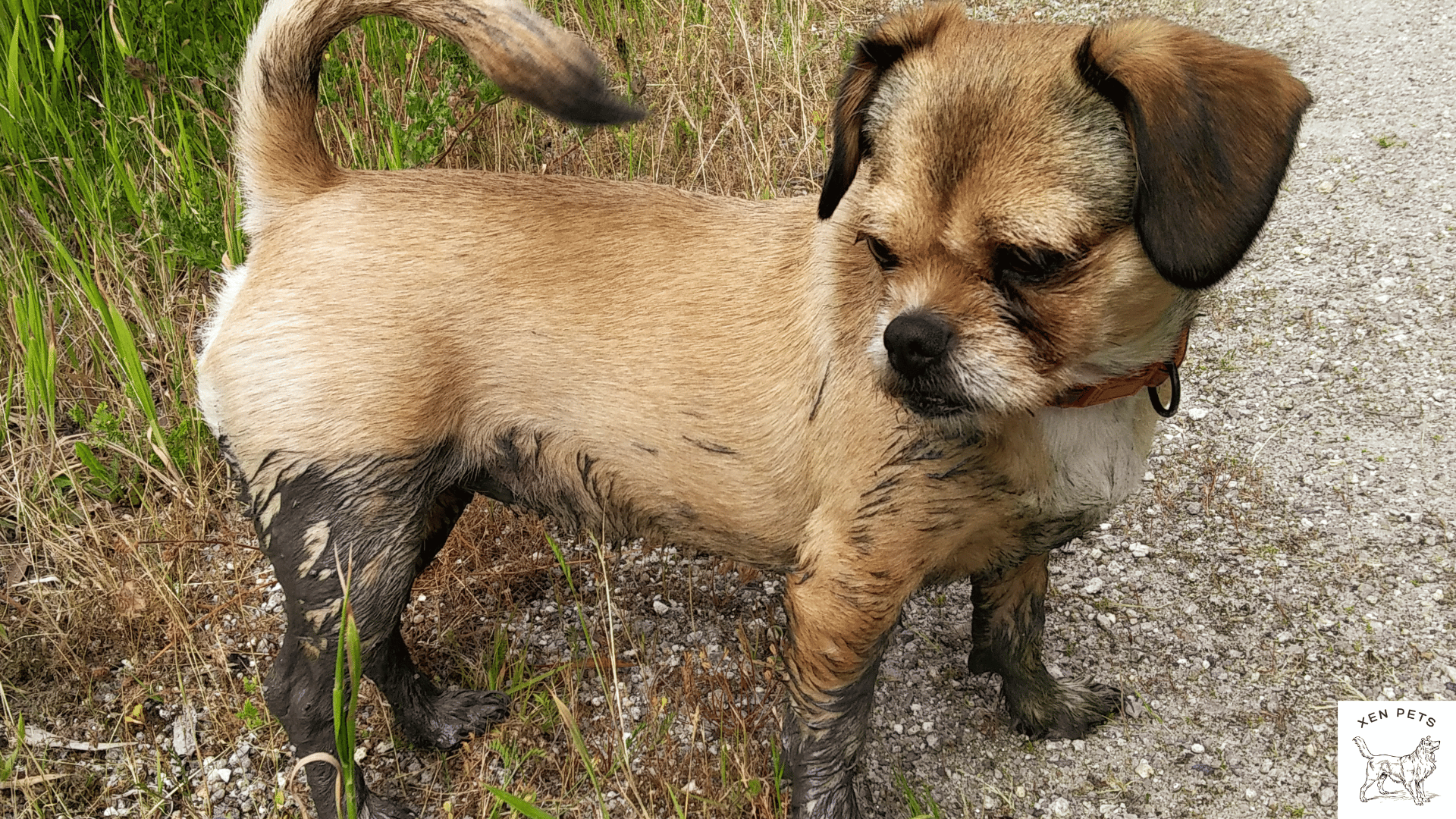
1. Smelly ears
A dog with smelly ears is a big sign they need a bath ASAP. Often, you can smell them without having to get too close. If that's the case, it's time for a bath and ear cleaning.
Cleaning your dog's ears regularly can help prevent ear infections.
Ear infections can become a huge problem if left untreated. Your dog will try to rub and scratch them often. And you'll be able to smell their odor from an arm distance away.

If you believe your dog has an ear infection, contact your veterinarian immediately. They will help get the infection under control and maybe suggest a professional cleaning.
2. Matted fur
Mats can form when your dog's hair or fur becomes tangled and wraps around itself. Matted fur can be extremely painful to your dog.
Depending on the severity, you might need to see a professional groomer and have some of the matted fur cut out.
You can prevent matted fur by giving your dog regular scheduled baths and brushing their fur afterwards.
3. Dog's coat and skin is dry and itchy
Dry and itchy skin is a sign your dog needs a bath. Some dog shampoos are specifically made to help with this skin condition.
Pruritus, or dry and itchy skin, is commonly caused by flea allergy dermatitis, food allergies, seasonal allergies, and mites.
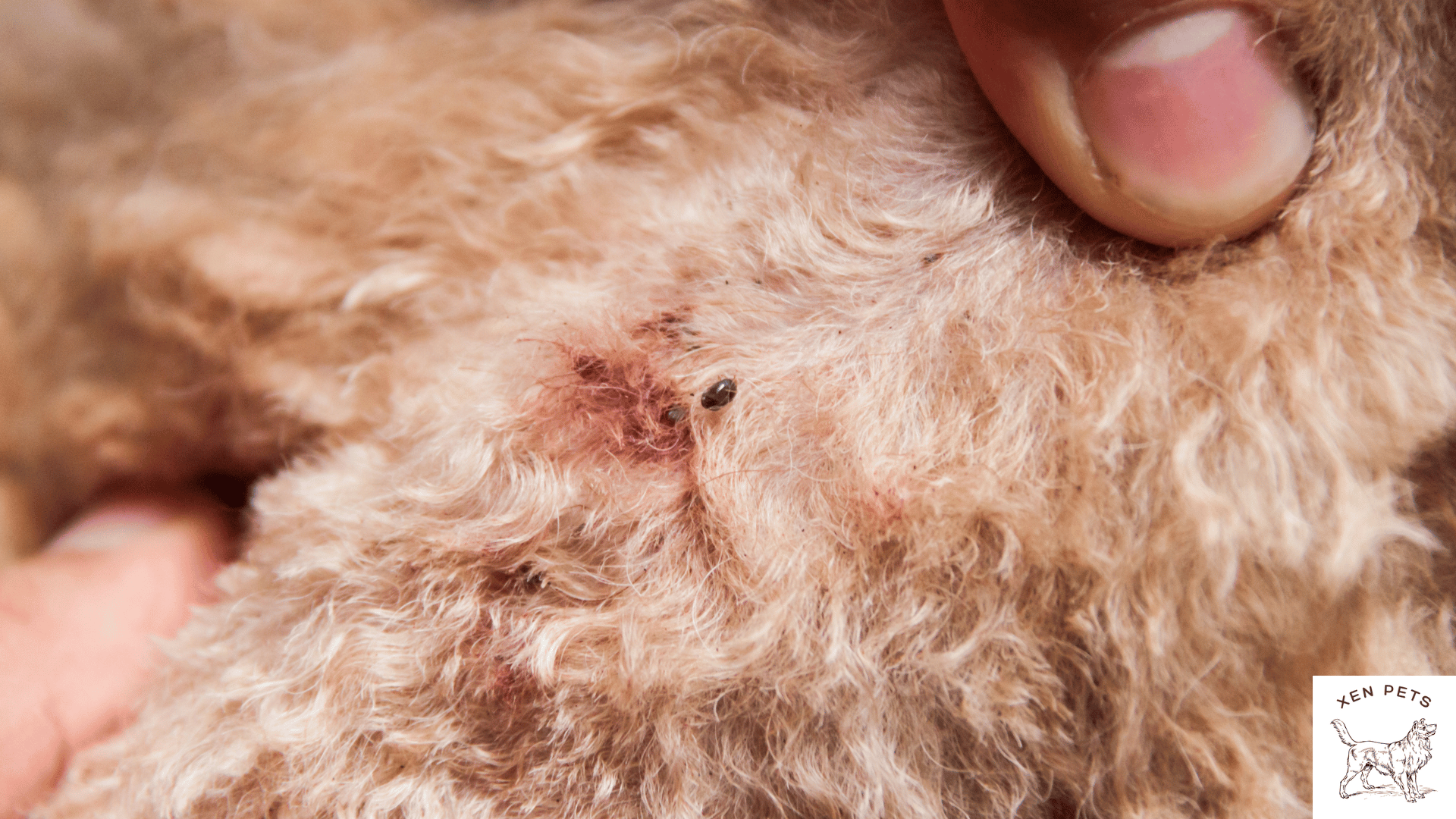
It's important to identify what is causing the dry and itchy skin to correct the problem. Different dog shampoos can be used to fix these problems.
4. Greasy or oily hair
Your dog excretes oil and sebum to help keep their coats healthy and shiny. Without oil, your dog's fur can grow brittle and thin.
On the other hand, too much oil can create problems for your dog. It can irritate their skin, trap dirt, and smell.
Additionally, fleas, ticks and parasites can create oil on your dogs fur.
Just like humans, most dogs need a bath to fix their greasy and oily hair. If you notice your dog's fur is excessively oily, it's time for a bath.
5. Unpleasant odor
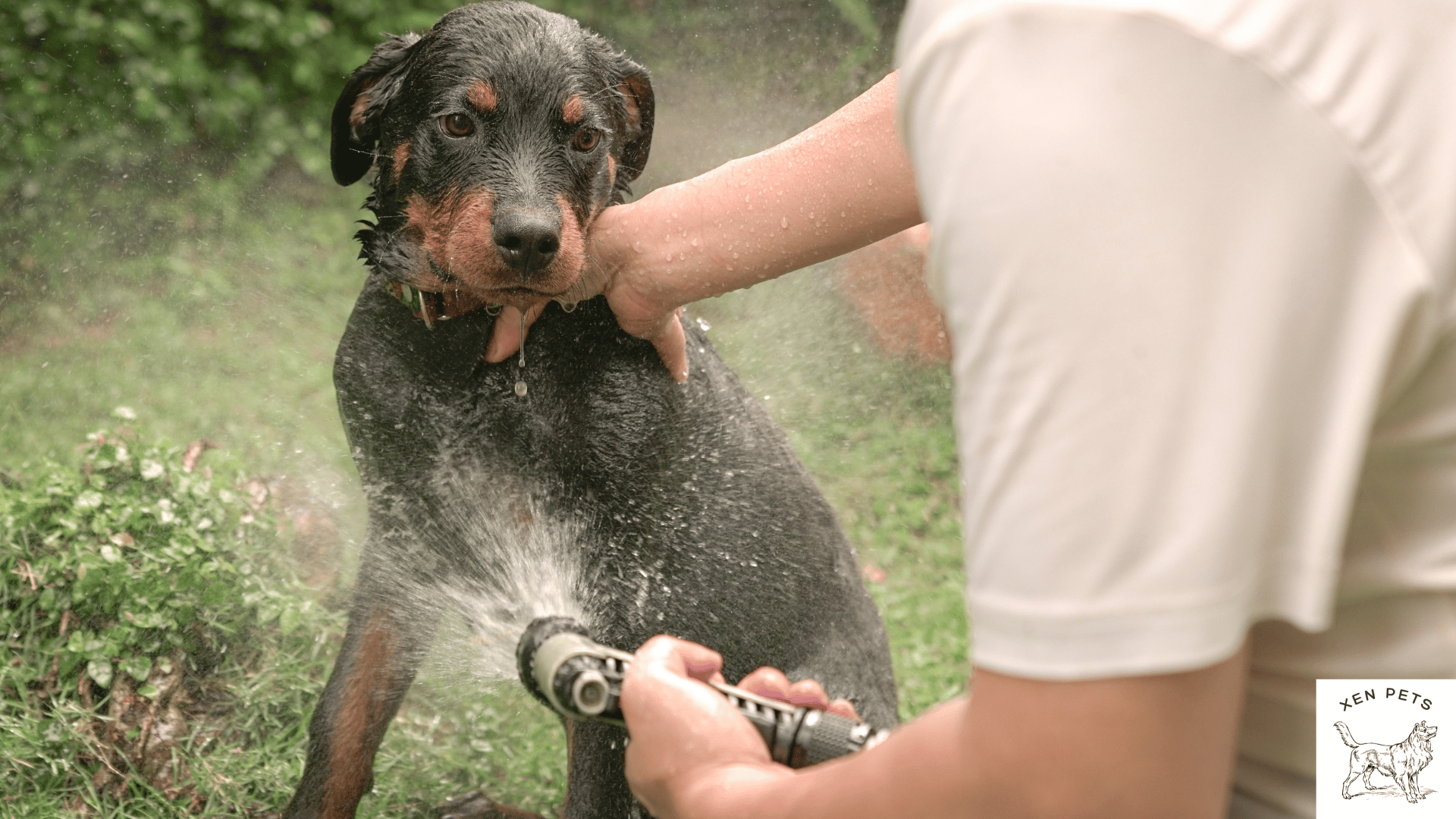
An unpleasant odor is the most obvious sign a dog needs a both. The odor can come from their ears, paws, fur, or behind.
Scrub your dog down with your favorite dog shampoo to have your dog feeling fresh.
6. A dull coat
A dull coat can be a sign of health concerns. For example, dog fur contains protein, so a dull coat is often a sign your dog isn't getting the right nutrition.
A change in diet can improve your dog's dull coat. Additionally, you should use a high quality dog shampoo to give their coat an extra shine.
But remember, it's important to address the root cause. Speak with your veterinarian about your dog's dull coat. They may recommend boosting your dog's diet with higher quality foods.
How often should you bathe your dog?
Generally, the frequency of bathing your dog will depend on their breed, lifestyle, and overall health.
While some dog breeds require frequent baths due to their long and thick coats, other dogs may only need occasional grooming.
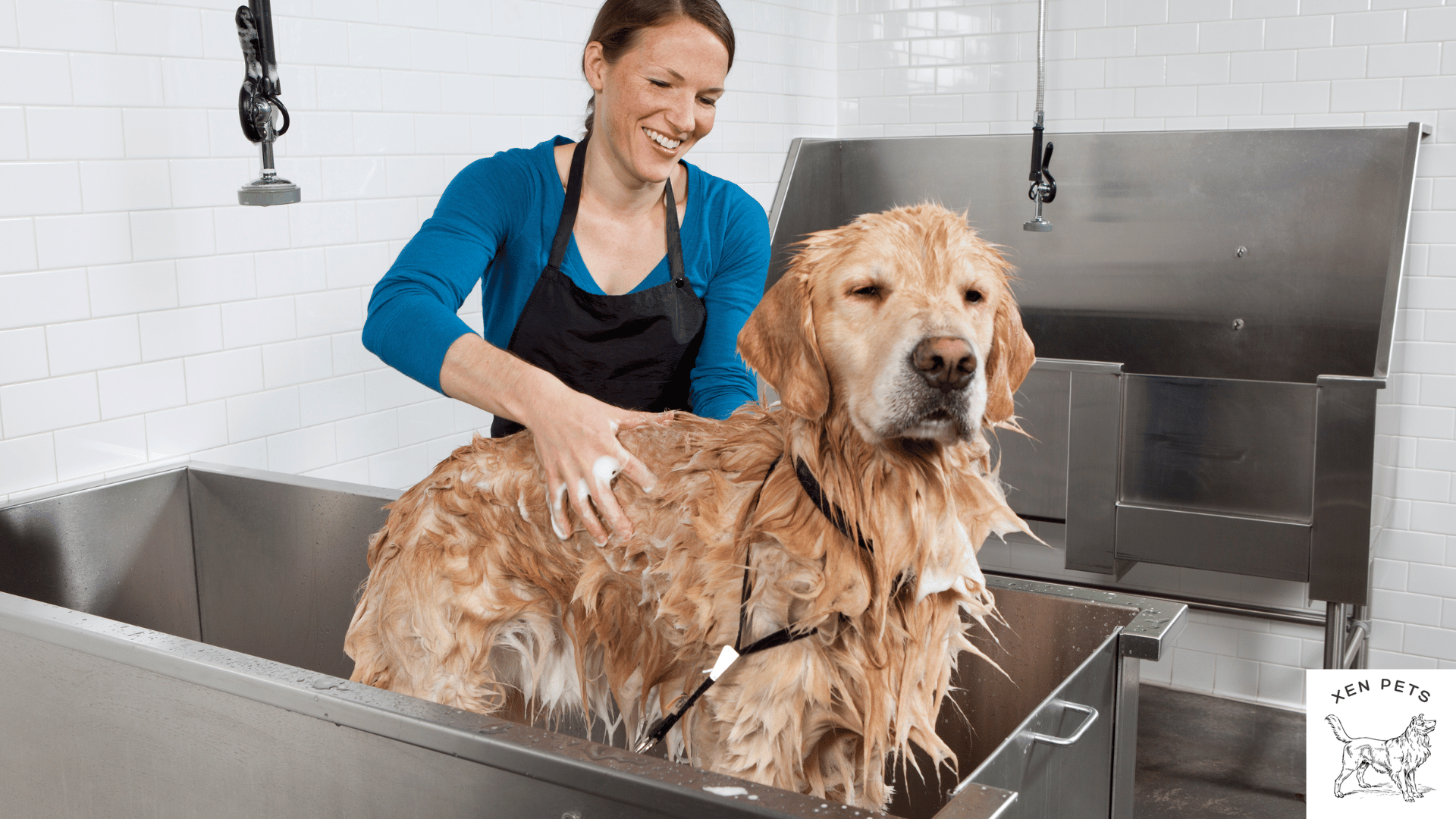
A good rule of thumb is to bathe your dog once every 2-3 months to avoid stripping their natural oils.
However, if your dog loves playing outside or is prone to skin irritations, you may need to give them a bath more often, maybe even once a month.
Consulting with your veterinarian can also provide insight into a specific washing schedule that's tailored to your dog's needs.
Is your dog shivering after bath time?
Is your dog shivering after bath time? You aren't alone.
Many dog owners have experienced this behavior.
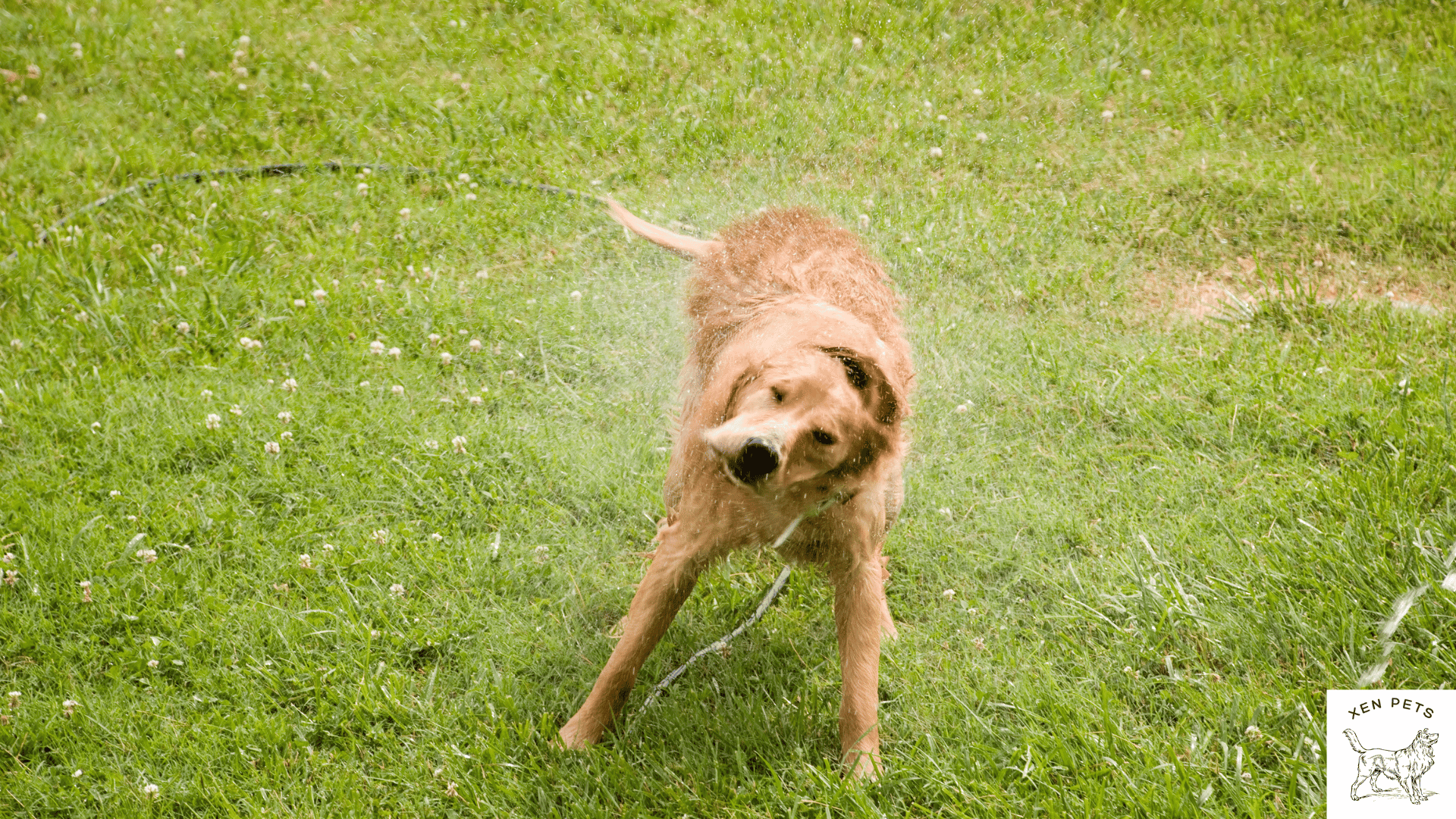
Dogs have a higher body temperature than humans, which means they're more sensitive to temperature changes.
When you give your dog a bath, the water temperature might be too cold for them, causing them to shiver in an effort to warm up their body.
It's important to make sure the water is warm enough for your dog before bath time and to dry them thoroughly afterward to prevent any chills.
With a little extra care, you can keep your dog comfortable and happy after their bath.
Why does my dog run around after a bath?
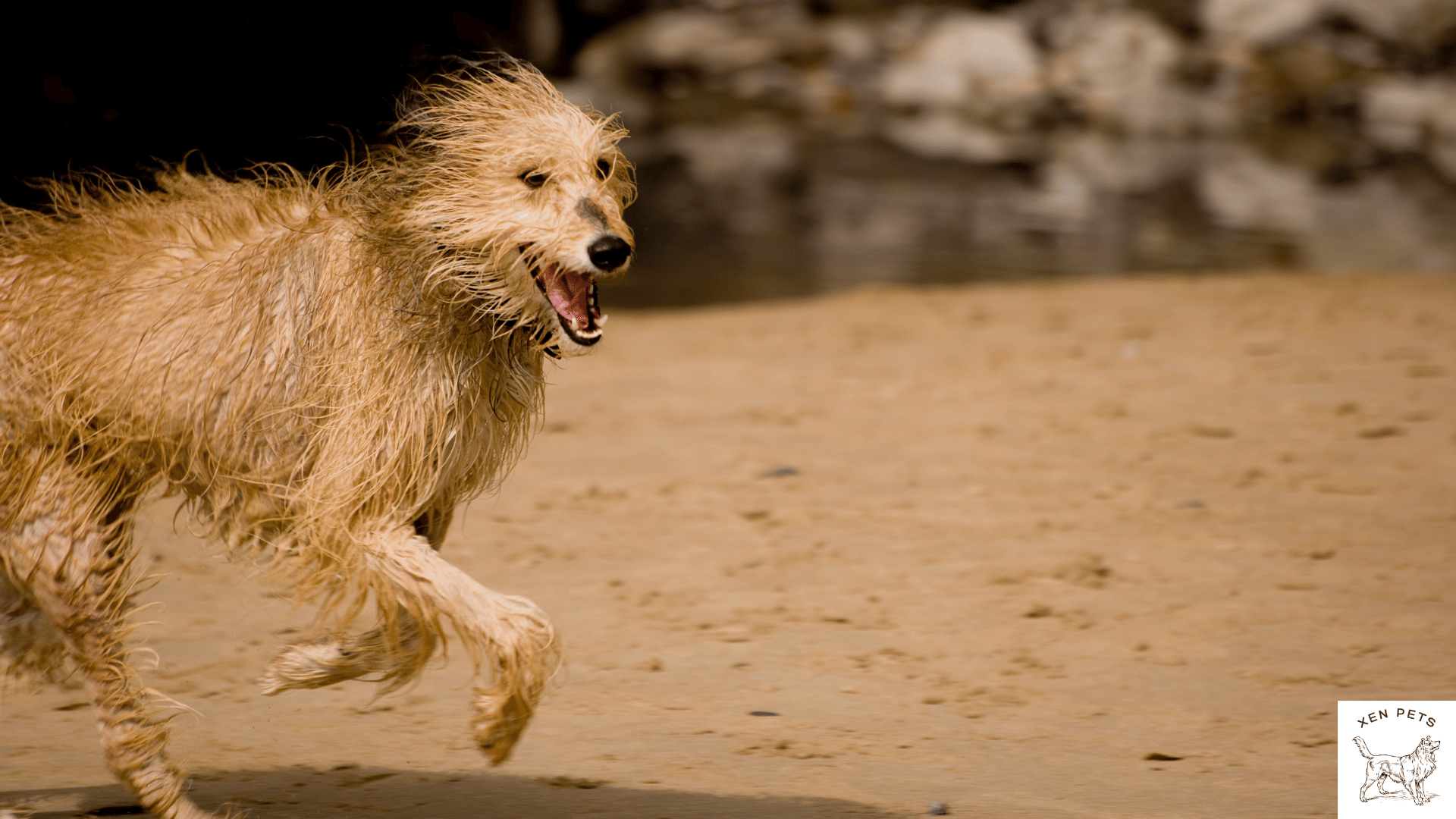
If you've ever given your dog a bath, you may have noticed they tend to get wild afterwards.
Instead of calmly brushing and drying off, they start running around the house or yard at full speed.
This isn't because they are trying to get away from you or don't like baths.
In fact, it is a common behavior that many dogs exhibit.
One reason for this post-bath zoomies is that they are trying to dry off. Running and shaking helps to remove excess water from their fur, making them feel more comfortable and less wet.
Additionally, some dogs may just be feeling extra energetic or excited after the refreshment of a bath. It can even be nervous energy since most dogs hate baths.
Lastly, your dog may be trying to get rid of the scent of their shampoo. Your dog wants to return to their original scent. And what better way than running around the house or backyard!
Why is my dog shedding so much after a bath?
As pet parents, it can be frustrating to give your furry friend a bath only to notice an excessive amount of shedding afterwards. You may be wondering, "Why is my dog shedding so much after a bath?"
Well, it turns out that shedding is a natural process for dogs to get rid of old hair and make way for new growth. When you give your dog a bath, it can loosen the old hair and cause it to fall out more than usual.
This process can be accelerated by different factors like the breed of your dog, the time of year, or underlying health issues. It can also be attributed to using harsh dog shampoos. Try a more mild smelling shampoo.
While it can be alarming to see all that hair falling out, rest assured that it's a normal part of your dog's life cycle and can be managed with proper grooming and care.
However, if you have concerns about excessive shedding, seek a veterinarian's opinion.

